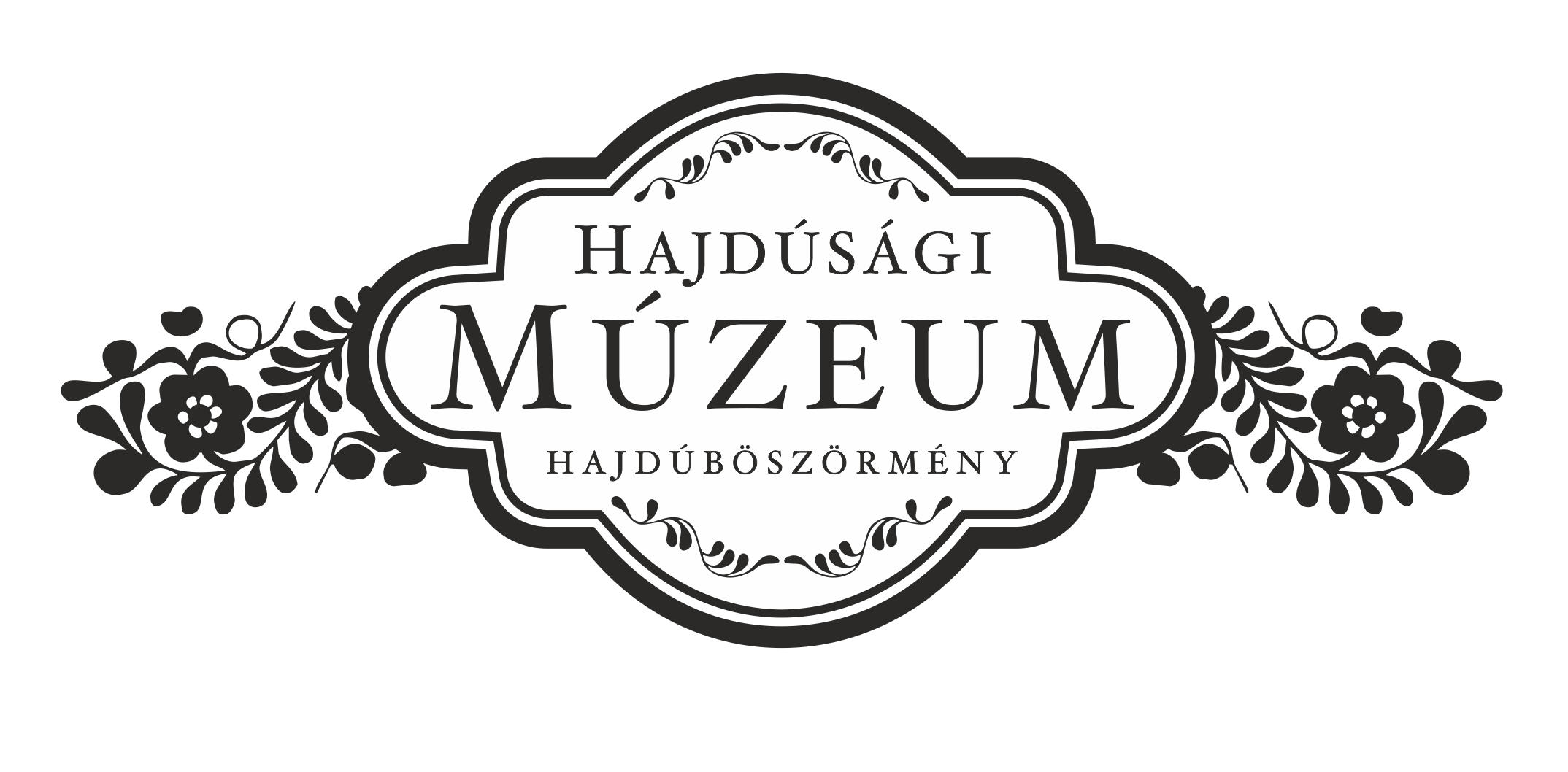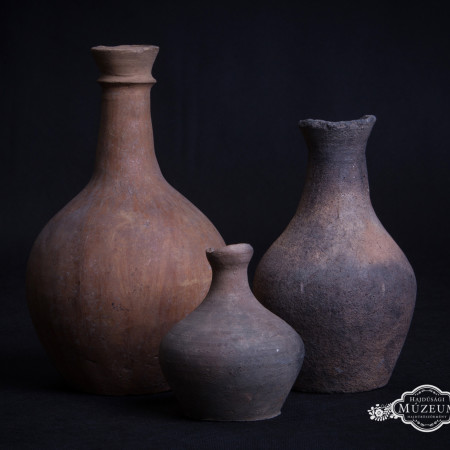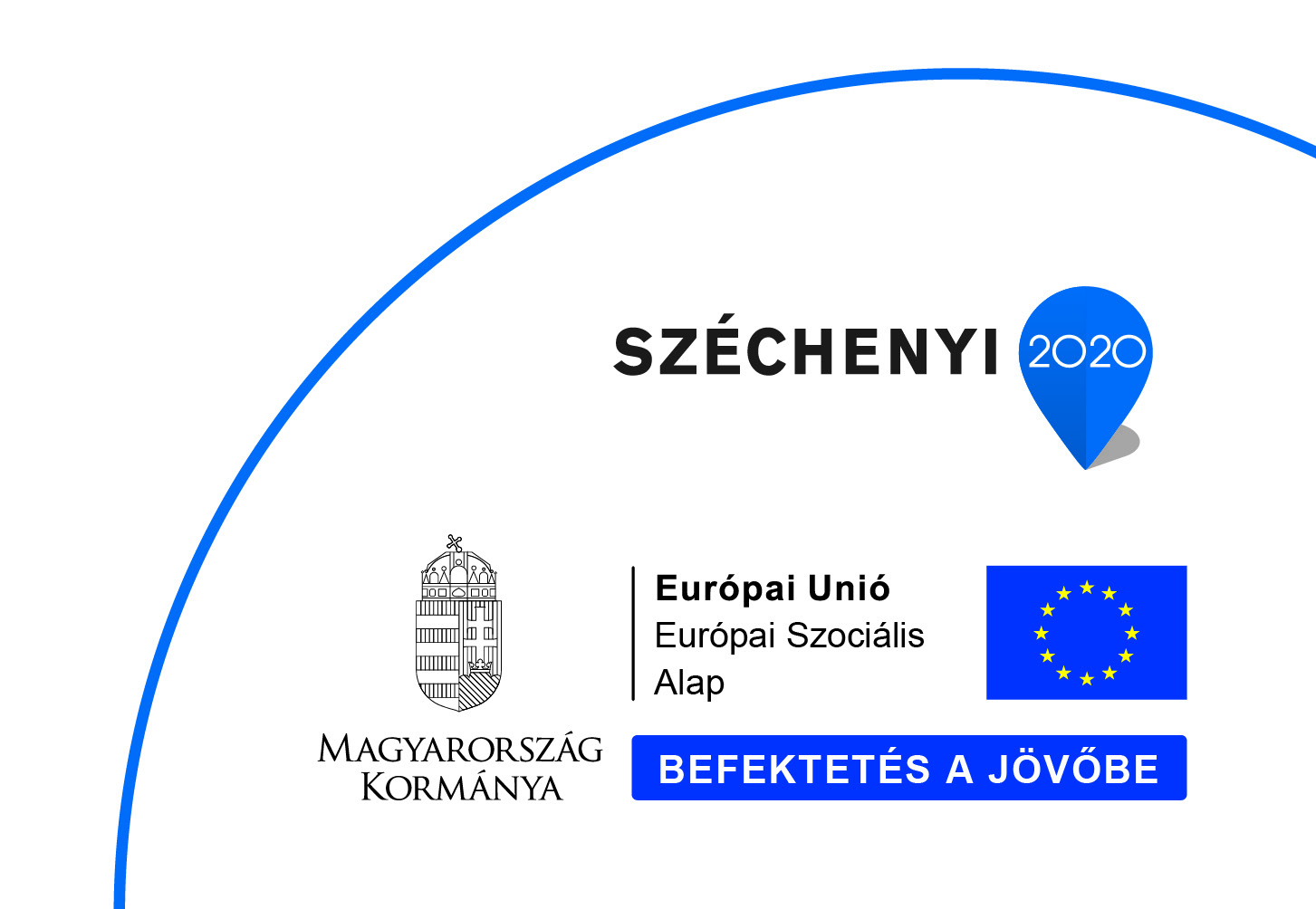The first finds – Sarmatian graves from the Brick-yard
The idea of collecting antique objects in Hajdúböszörmény, sprang out from the local Reformed Grammar School, one of the teachers, István Dr. Molnár started the work in 1901. In 1924, when Péter H. Fekete came to the town to become headmaster of the school, he took over the organizational work connected to the collection of antique objects. Through his articles in the local journal, Hajdúböszörmény és Vidéke, he encouraged the public to gather archaeological finds, ethnographic objects and important documents related to local history. As initially, Péter H. Fekete stored all the items in his own house, which proved to be too restricted soon, he offered his collection to the town to serve as the basis of a future museum. His idea was received favourably on the part of the mayor, and in 1928, the Town Representatives decreed an annual budget and premises in the building of the district seat to facilitate the creation of the museum. In the 1950s, the antique objects gathered in the Grammar School was incorporated into the collection of Hajdúsági Museum.
Two Sarmatian vessels served as basis of the archaeological collection. They were discovered during the breaking down of the clay bank in the corporate brick-yard in Dorogi Road, along with human bones. The vessels were offered to Péter H. Fekete by Imre Lévai, retired headmaster of the elementary school, who purchased them from the workers for half a kilo of lard, in order to assure their integrity and preserve them for the museum.
Time of peace and time of war – Life in the shadow of the Roman Empire
While the Roman Empire was busy organizing life in the province of Pannonia, in Trans-Danubia, the Great Plain had been being peopled by Sarmatians from the East, who had been unknown in this region up until that time. It was a people of Iranian origin, speaking, supposedly, Iranian language, composed of different tribes, the Iazyges, the Roxolani and the Alans, who arrived to the Carpathian Basin from the coastal regions of the Black Sea. The eastern part of the country had been populated by these tribes for four hundred years.
Sarmatians disposed of a well-organized army of high operational value. Their heavy-armoured, mounted warfare could startle even the hardened warriors of the Roman army. The dreadful Alan cataphract cavalrymen’s body and even their steeds were covered and protected by a so-called scale armour made up of rectangular iron plates. On the occasion of a peace treaty with the Roman Empire, they lent 8000 armoured heavy cavalrymen to the Romans, who were used for defence operations against the Celts. The Arthurian epic cycle and the legend of the Excalibur are also supposed to be connected to Sarmatian warriors. The development of the medieval knightly warfare originates from the armoured heavy cavalry of the Sarmatian army.
Sarmatian tribes settled in the Great Plain in a significant number. Burial sites and remnants of their settlements are scattered all over the Great Plain, excavations on these sites produce several pieces of their typical grey-coloured pottery. The most spectacular items of the Sarmatian female grave goods are the remains of dresses with edges richly embroidered with several lines of colourful glass beads. The tie belts of the dresses were also decorated with beads. The necklaces and bracelets of Sarmatian women were made of carnelian and coral beads interspersed with crescent- or axe-shaped pendants or bells made of silver. Roman coins are also frequently found in Sarmatian burial grounds, which were probably placed in the graves as funeral obolus.
In 1926, a rich find material from the Roman Age and the Migration Period was added to the collection of the Municipal Museum of Hajdúböszörmény. In the outer territories of Vid, a sand mine was opened in the sand hills behind Erdős-tanya. The sand-mining activity led to the subversion of several burial grounds from the Roman and Avar period. Among others, a ram-shaped vessel, a cowry shell made of glass, a dress pin and some colourful glass beads were brought into the museum by the workers. The unearthed finds imply that several graves from the Roman Age were destroyed during the mining works. Unfortunately, the exact location and position of the finds were not recorded, however, these items are still some of the most fascinating objects in the museum’s possession. The reddish ram-shaped vessel is a unique find in the Carpathian Basin, only a few similar objects were discovered in Sarmatian territories. Parallel finds are known further east, in Russia. Burial sites from the Roman Age contain other incomparable goods, such as a piece of large glass jewellery, imitating a Cypraea shell. This flat colourful glass amulet, which was probably the work of a Roman glassmaker, is supposed to have decorated the hilt of a straight sword with double-edged blade, and a magic power was attributed to it. The use of magical sword hangers was part of the Sarmatian sword cult.
Although the Great Plain had never been part of the Roman Empire, it preserved several Roman relics, the most outstanding thereof are the fortifications constructed by Roman military engineers. One of these fortifications, Csörsz Ditch, stretched outside the territory of the Roman Empire, across the Great Plain, and consisted of multiple lines of fortifications. The remains of this ditch can still be found at the eastern boundaries of Hajdúböszörmény.
The grave of a Hungarian warrior from the Age of the Conquest in Vid-Erdős-tanya
The sand mine also concealed a pair of golden earrings with pyramid pendant from the Avar Age, which implies that an Avar cemetery of low number of graves also lay in the sand hill. When this find was discovered, Péter H. Fekete, founder and, at that time, current director of Hajdúsági Museum, started an archaeological excavation on the intact part of the sand hill, where another unique burial ground was unearthed. The excavation of the grave from the Age of the Hungarian Conquest was, this time, supplied with exact records. A conquering warrior was buried in the grave together with the weapons and his favourite horse. The weaponry consisted of a bow, arrows and a sable. The remains of the steed – skull, leg bones and skin – were deposited near the legs of the warrior. The remaining parts of the horse must have been served at the burial feast. The unearthed grave revealed traces of other interesting burial customs. There were rectangular golden plates in the eye sockets of the skull, as well as, a heart shaped silver plate in the mouth cavity. These observations can help to reconstruct an ancient Ugrian burial custom, and to have an insight into the belief system of the Hungarian conquerors. The custom has its roots in the conquerors’ belief in the existence of a dual soul, and the eye and mouth covers were applied to prevent the return of the shadow soul dwelling in the skull.
„Every ten villages must have a church”
At the southern boundaries of Hajdúböszörmény, in Tócó Valley, the most prominent construction of the countryside is the Maimed Tower, but actually, it was built on the top of a regular-shaped man-made mound, which conceals the tomb of some great chief from the Copper Age, buried there thousands of years ago. The ruins of the Gothic style church retrace the memory of Zelemér village, founded in the Árpád Age.
The first small church in Zelemér was built in Roman style in the Árpád Age, as St Stephen’s law had ruled that every ten villages must build a church. The first churches of the Árpád Age could only hold 25-30 people, and were not necessarily constructed out of durable materials, but wood. Due to the church organization carried out by Stephen I, a dense network of parish churches was created, one of them was the church of Zelemér. Presumably, the first church was destroyed at the time of the Tartar Invasion. The church, the ruins thereof we can still visit today, was built in the 14th century in Gothic style. A tower joined the nave on the west side, and a sacristy on the north. It was not common among medieval parish churches to have a nave built together with the church tower. The church of Zelemér was also outstanding concerning its size.
Similarly to all medieval churches, it was built along an east-west axis, with the apse facing east. The entrance was located on the west side, and the nave could be reached after crossing the vaulted porch under the tower. We can often discover traces of the gallery in parish churches in villages, and probably, this church, as well, had a gallery in the west end of the nave, which provided a passage to the tower. Presumably, there were no pews in the nave at that time, and the residents of the village were standing during the service. Consecration crosses on the walls prove that the church had been dedicated and it is suited to celebrate church services. The southern walls must have had large tracery windows. The openings of the stained glass windows turned the daylight into a mystical illumination. The large-sized window openings necessitated the application of buttresses to support the walls and increase the stability of the building. The nave and the apse were separated by a chancel arch, which was often decorated with representations of the Hungarian Saint Kings – Saint Stephen, Saint Emeric and Saint Ladislaus. Representations of Saint Peter and Saint Paul with their typical attributes, the key and the sword, were also widespread. The altar was placed in the apse, which was most commonly a simple table with candles and the processional cross, this latter one being the most important liturgical accessory of the church.
A representation of Christ belonging to a processional cross was discovered during the excavation of the medieval church of Hajdúhadház-Demeter. Besides, a disc was found in Olajütő Street embedded in the roots of a tree, which was probably an ornament on the back of a processional cross. On this copper disc of almost 7 cm diameter, a Christ figure can be seen, rising from the clouds, with a halo around the head, right hand raised in blessing and left hand holding a book. The facial features and the plies of the garments reflect a highly elaborate work. The surface of the disc was probably gilded and it was decorated with champlevé technique. Processional crosses covered with enamel plates were widespread in the 13th century, they had a circular field where the arms joined. These copper-based liturgical objects with champlevé ornamentation originated from Limoges and spread all over Europe. The French town, Limoges was the centre of goldsmith art, and devotional objects, which were indispensable in the period of reconstruction after the Tartar Invasion, arrived in Hungary mostly from this town in the 13th century.
Economic necessity or religious tolerance? – Muslims in Hungary in the Árpád Age
In the Árpád Age, chains of villages could be found within 3-5 km distance from each other. The same structure characterized the area of the present-day Hajdúság region. Several villages were located in the outer territories of the town of Hajdúböszörmény. A number of official documents and charters survived and preserved the names of these villages: Besermen, Zelemér, Vid, Cégény, Salamon, Demeter, Hetvenegyháza, Szilegyháza, Pródegyháza, Csegetelke, Sárkuta, Bagota and Süldős. The medieval denominations can still be found among the geographical names related to the town. Names of vineyards, boundary territories facilitate localizing the former villages.
The first archaeological finds related to Besermen from the Árpád Age were unearthed during works in the brick-yard in Dorogi Road. From the 1920s on, several vessels were discovered and brought to the museum, however, it was only in the late 1970s when a larger-scale excavation was carried out, led by Ildikó Antalóczy. During the last few decades, the brick-yard of Hajdúböszörmény has become one of the best-known and most controversial excavation sites of the region. Based on chartered documents, this extended village settlement from the Árpád Age was identified as the centre of the Ishmaelites of Nyírség region. Concerning its size and importance, undoubtedly, it was an outstanding village among the contemporary ones, with a line of dwellings streching to more than one thousand metre.
The development of the village was due to the medieval road network to a great extent. The road from Böszörmény heading north had already existed in the Middle Ages, it is mentioned in written sources as the War Road of Tokaj.
Several foreign ethnic groups lived on the territory of the Kingdom of Hungary during the Árpád Age. Böszörmény people – of Muslim religion –, who were also called Ishmaelites or Saracens, had an outstanding role in the country. Both Böszörmény people and their settlements had been granted different privileges, since some of their main activities were money exchange and trade. Historic research identifies this settlement from the Árpád Age as the centre of the Ishmaelites of Nyírség region. Archaeological finds from excavations in recent years also prove that the residents dealt with currency exchange. The objects, made of lead, which were discovered during the excavation of the houses in the area of the settlement, are supposed to have functioned as weights for exchange scales.
Ishmaelites or in other words Böszörmény people arrived in the Carpathian Basin together with the Hungarian conquerors. The first kings of the Árpád Dynasty refer to this Muslim people in their laws, which were mostly aimed at their assimilation. Based on the data of chartered documents, the neighbouring villages of Salamon and Cégény must have been peopled by the Böszörmény, as well.
However, it is rather difficult to prove the presence of a people with a distinct origin and religion in the Árpád Age. We still lack undoubted archaeological evidence of the presence of Muslims in the village of Böszörmény. The excavated archaeological material corresponds completely to the remains of other villages of the Árpád Age discovered in the country. The houses excavated here reflect the common practice of house construction in the Árpád Age. The unearthed pots and ceramic kettles show typical features of the pottery of the Árpád Age. However, the significant number of bottles among the earthenware can indicate specific alimentational habits of the contemporary residents.
Most recent excavations in the area of the former village justify the supposition that it survived the Tartar Invasion. Following the great devastation caused by the Mongol Invasion, the population of the village returned to their homes and continued their everyday life. Nevertheless, the centre of the village shifted southwards, and after the Tartar Invasion the Gothic Church, which would determine the centre of the future market town, was constructed in the present-day town centre.




